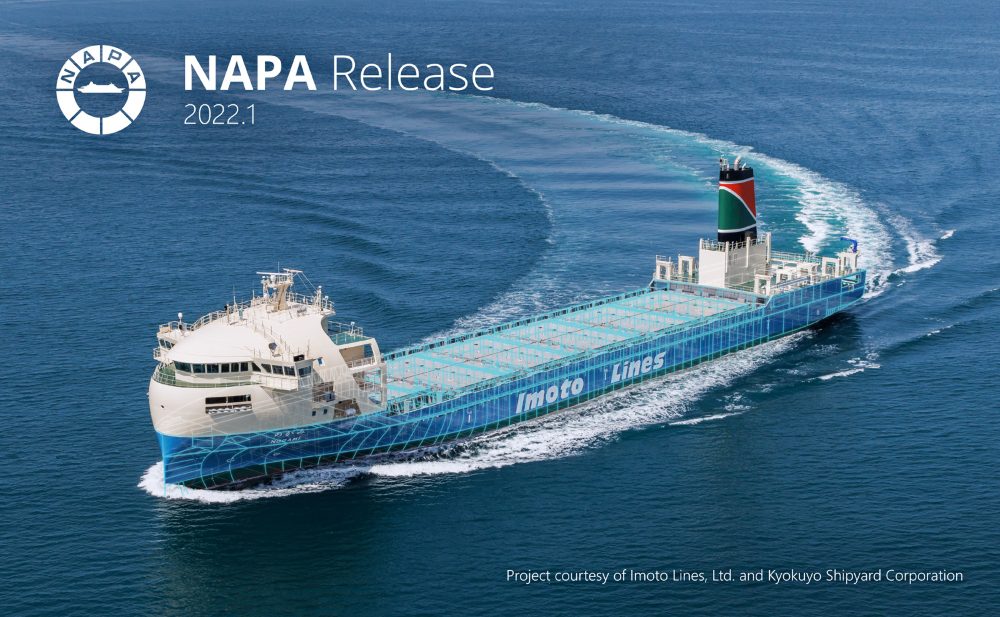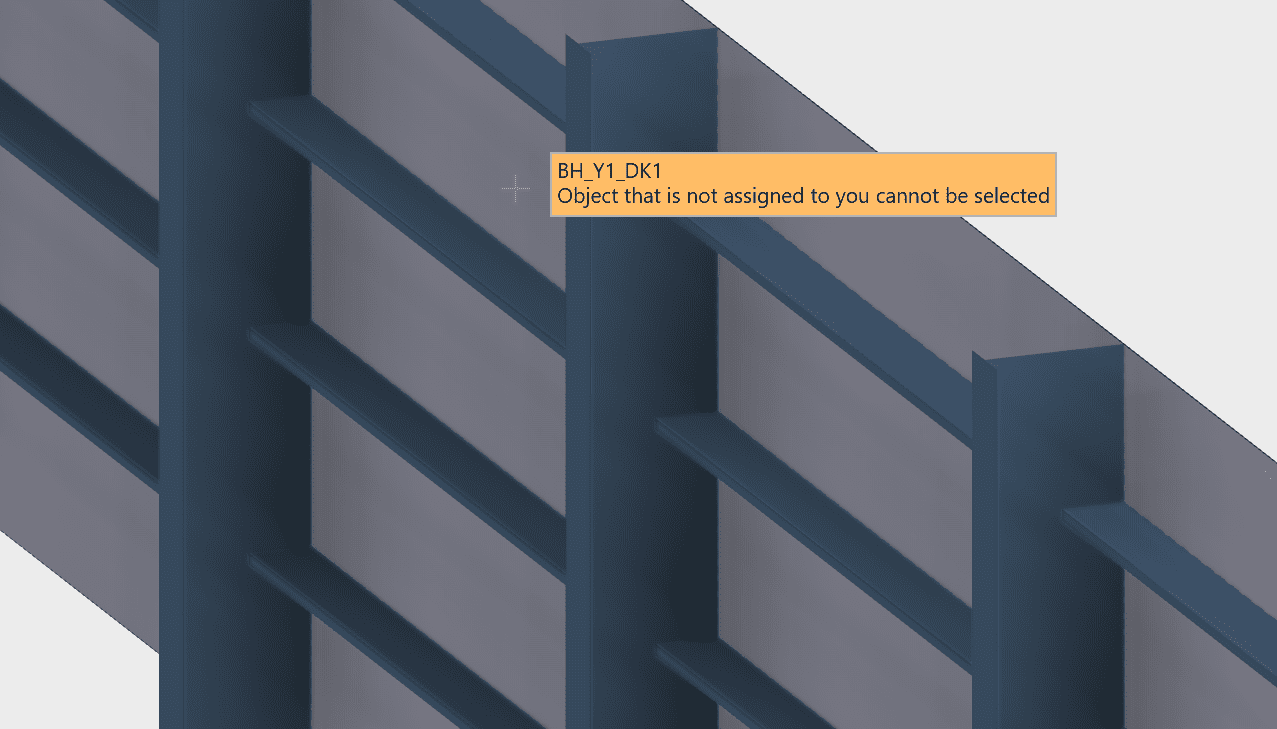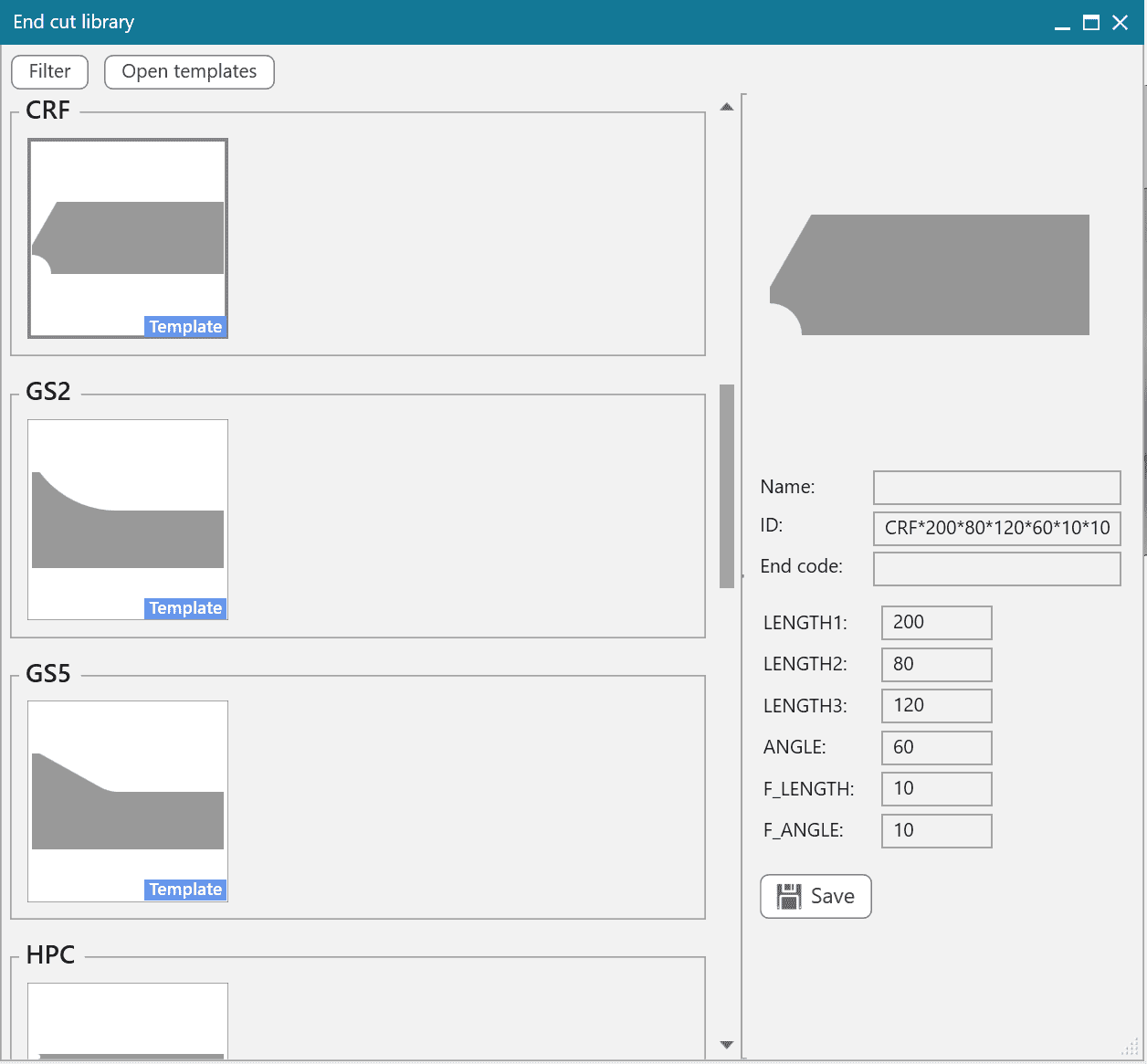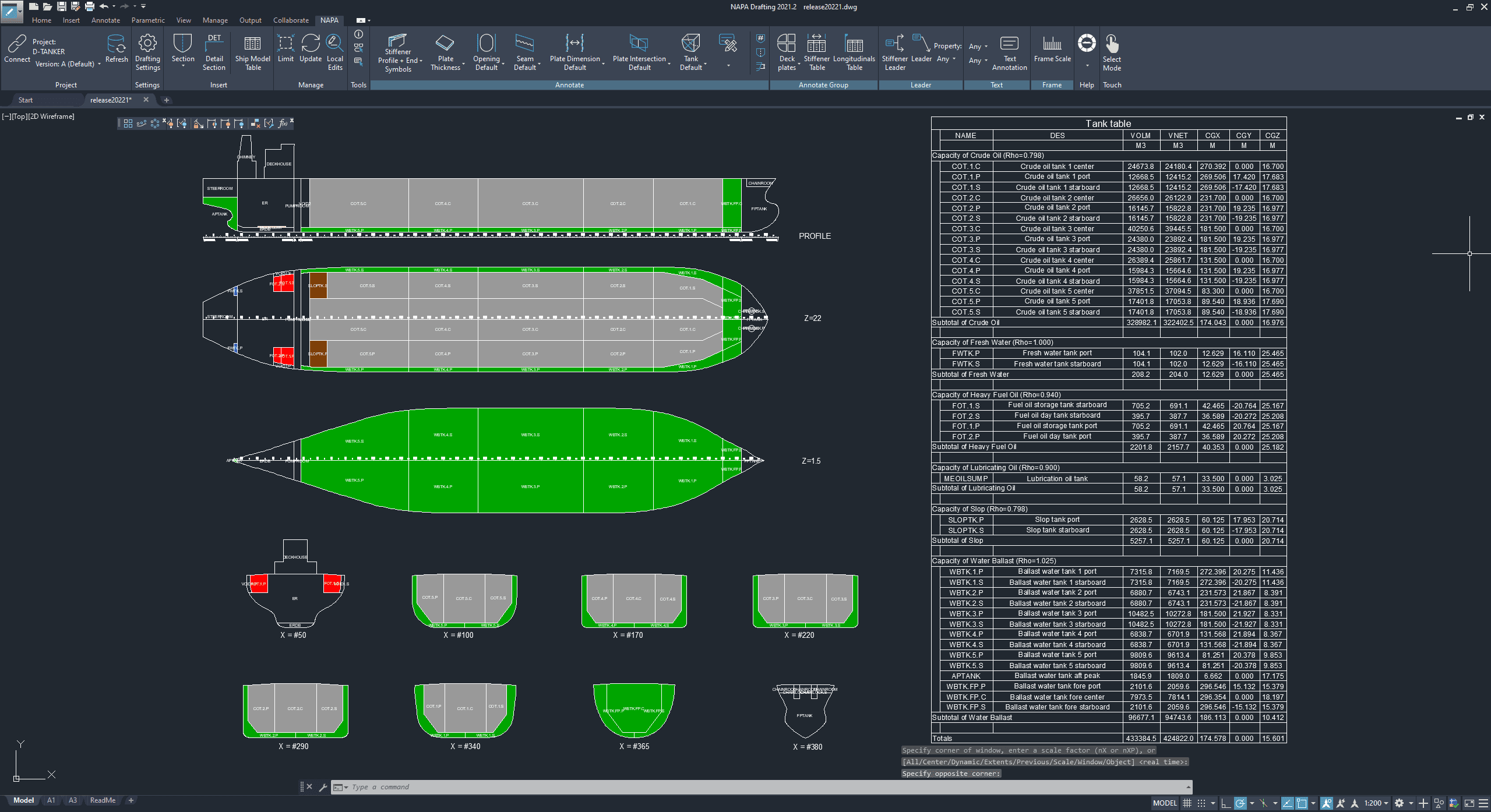June 27, 2022
NAPA Release 2022.1

The first NAPA Release of 2022 is now live, bringing significant updates on key elements of calculation and modeling functionality, including probabilistic damage stability, structural design and finite element meshing. Moreover, new functionalities aim to further enhance user experience, without compromising on quality and performance.
All the changes in the software can be found in the NAPA Release Notes 2022.1 document, which is available with the installers.
Focusing on Better User Experience
In NAPA Release 2022.1, the main focus is on the user experience of our software solutions. Some of the highlights include:
- NAPA Designer now comes with a new toolset for loading conditions, providing a quick and modern user interface to define loading conditions and analyze their rule compliance.
- The multi-user structural modeling has been made more secure, in order to guarantee that several users can work seamlessly and simultaneously on the same model.
- The structural modeling has been improved to be more efficient, with new assisting tools and modeling functionality.
- NAPA Drafting for 2D drawings now supports the general arrangement drawings, with compartment intersection annotations and automatically generated tank capacity tables.
Besides the user experience, one of the most important things in the probabilistic damage stability is the efficiency of the feedback loop. We have managed to further improve the performance of the parallel calculation to shorten the feedback loop.
Hydrostatics and Stability Calculations
Loading Conditions in NAPA Designer
NAPA Designer has a new workspace and toolset for creating and editing loading conditions. The new workspace provides an easy-to-use and efficient user interface to handle several loading conditions at the same time, accompanied with the quick rule compliance analysis tools. The loading conditions defined with NAPA Designer are fully compatible with the other tools available, such as reporting tools. As the first published version, the new toolset is under continuous improvement. It will have frequent updates and further functionalities will be developed in future releases.
Structural Design
Improved Multi-user Modeling Environment
The Assignments tool of NAPA Designer 2022.1 enables the assignment of a structural arrangement to a single user only. This prevents the editing of the main objects and structural details by other users, and secures the multi-user modelling.

Improved Functionality and Assisting Tools
The structural modeling of NAPA Steel contains many small efficiency improvements, aiming for better usability and interactive modeling of structural details.
The sharing of structural details boosts the modeling when a defined detail can be shared with other structural elements, without the need to redefine the details. Now, brackets can be also shared along with the other structural details.
To increase the efficiency of interactive structural modeling, the new version contains libraries for stiffener end cuts and cutout shapes, and several improvements to the profile library. The improved functionality makes it possible to design structural details accurately and efficiently, to gain benefit from accurately defined structural model ever earlier in the design process.

When ship design evolves, the modeled structure may change. For example, once split structures may need to be re-connected, including stiffeners and seams. In this case, the new functionality enables users to join the once split stiffeners and seams.
Finite Element Meshing
The finite element meshing (FEM) in NAPA Designer enables quick and automatic meshing, pinpointing strength-critical ship structures, even in the early design phases. The main improvements have focused on the mesh quality and user experience of meshing, for example by improved fine mesh generation and idealizing of thin and narrow shape elements at one go.
Another important improvement is the possibility to apply external loads and boundary conditions for the mesh, to take into account the wave loads, for example. This helps analyse strength at sea, to then design the structures accordingly, as soon as possible in the early design phases. The FEM functionality is a part of NAPA Steel.
Read and learn more about the benefits of FEM in the early design phases:
The devil is in the details – why early FE analysis is essential?
NAPA webinar recording: Achieve better designs quicker with NAPA FEM
Interfaces
We have continued the development of the Open Class 3D Exchange (OCX) format. For example, the OCX import functionality has been improved by adding a validation tool for the imported model. More options have also been added for the compartment import functionality, in order to speed up the import process.
Several improvements have been implemented to the class society interfaces, such as the direct DNV Nauticus Hull interface and the ABS UDM interface.
2D Drawings with NAPA Drafting
NAPA Drafting connects 2D drawings with 3D models, enabling automatic drawing updates from the 3D model. NAPA Drafting has been used for years with structural design and it now supports the compartment geometry intersections, as well as related annotations and capacities. The compartment intersections can be annotated with solid or pattern hatch annotations, according to the fetched compartment parameter, such as the filling substance. A tank capacity table can be automatically generated for a selected set of compartments, also allowing for updates throughout the process.

More information on the updates can be found in NAPA Release Notes 2022.1. The new installers are available in NAPAnet for downloading, along with the relevant documentation.
Thank you for reading!